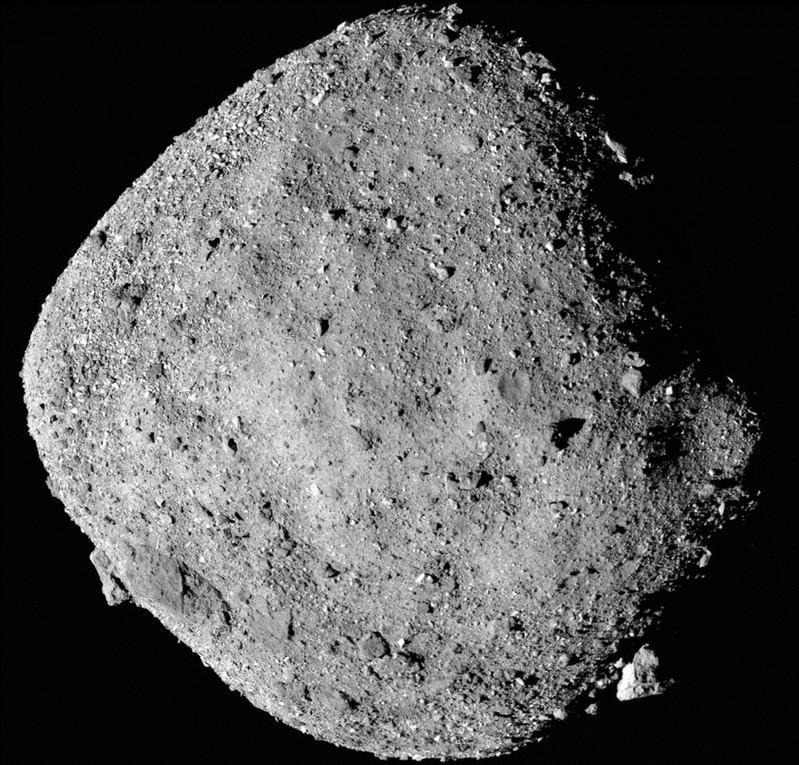
In the previous weeks and months, there have been talks about asteroids hitting the Earth. Although, most of those only pass through and come close to the planet most of the time. However, a recent study says that it's not a matter of whether a space rock hits the Earth, it's a matter of when a space rock hits the planet.
A team from the Massachusetts Institute of Technology (MIT) has conducted a study on all the current plans of deflecting a space rock and developed a model on the best course of action to take based on a few crucial variables.
Based on MIT News, the researchers devised the framework taking into account the asteroid's mass and momentum; the proximity to a gravitational keyhole; and the length of time that scientists warns before the collision. All of these factors have a degree of uncertainty but the researchers have also factored this into the decision-making framework.
The analysis pointed out that there are two points at which they attempt to stop the asteroid could be taken. The first one would be easier but would take additional planning, and it is trying to deflect an asteroid that is hurdling towards the planet. But again additional planning is needed since that would require a lot of force.
The second one is nudging the space rock aside, as it passes through a gravitational keyhole - which is a location in Earth's gravity field that pushes an asteroid into a collision course on its next orbit.
Sung Wook Paek, lead author of the research, noted that whilst most of the researches has focused on last-minute deflections, intercepting the object before it passed through a keyhole is much smarter. However, in order to do that, more data is needed about the asteroid and its orbit.
Hence, they used two asteroids that have been studied before. One is the 999442 Apophis which will pass near a keyhole in 2029, however is not predicted to his the planet. And 101955 Bennu which is a near-earth asteroid which is less likely to find its way into a keyhole but we have a lot of data about since it is the target of National Aeronautics and Space Administration's OSIRIS-REx mission.
Based on the tests that the team did, they have determined that in order to go for the most elaborate mission profile, only five years is needed. They said that if we had at least five years, we can send a scout along with a small impactor, followed later by a larger one later. However, if we only have one year, it is very unlikely that we will be able to stop an asteroid from passing through a keyhole and hitting us.
With the simulation tool that the team has devised lead author Paek plans to estimate the success of future deflection missions. Further adding that they have created a decision map that can help in prototyping these missions as well.
Related article : White Dwarfs Might Be the Place to Find Alien Life
© 2025 HNGN, All rights reserved. Do not reproduce without permission.








